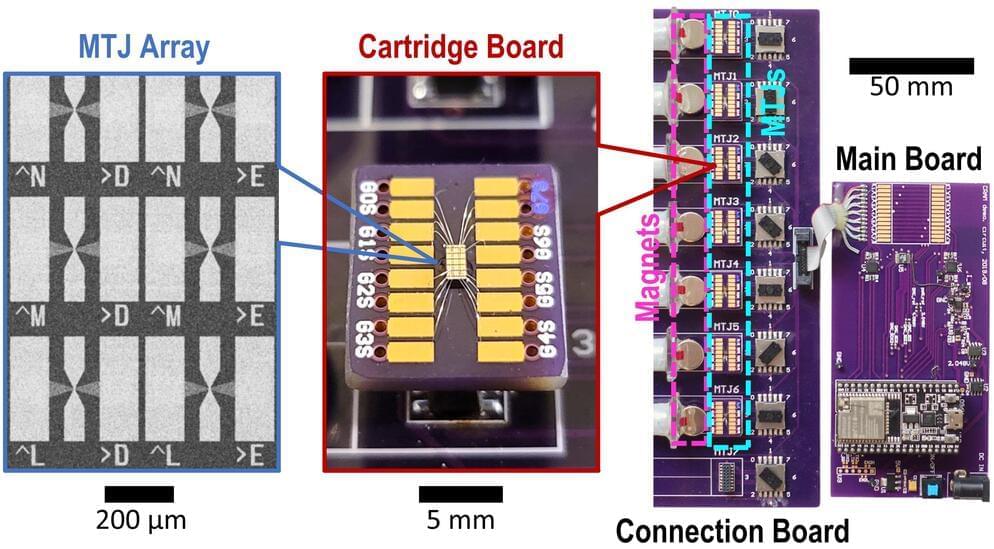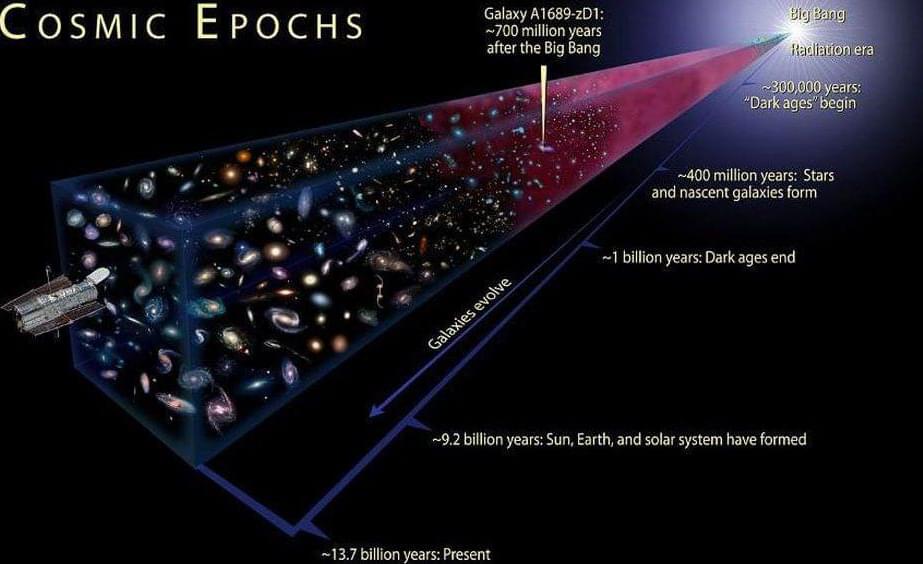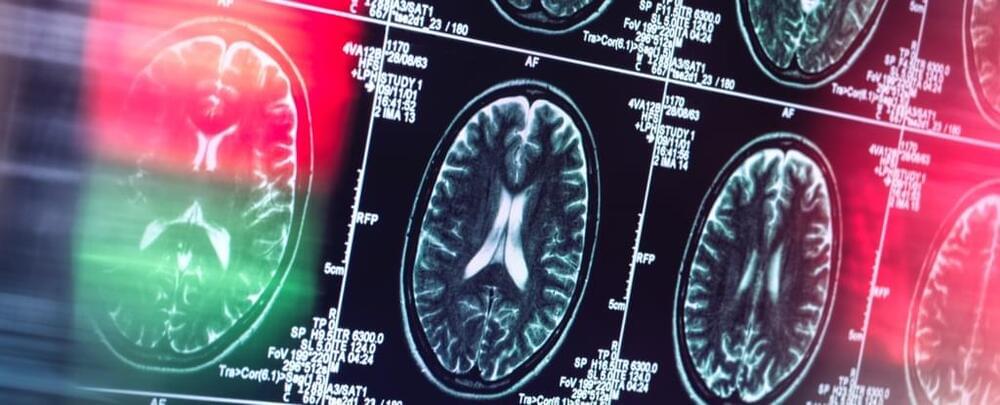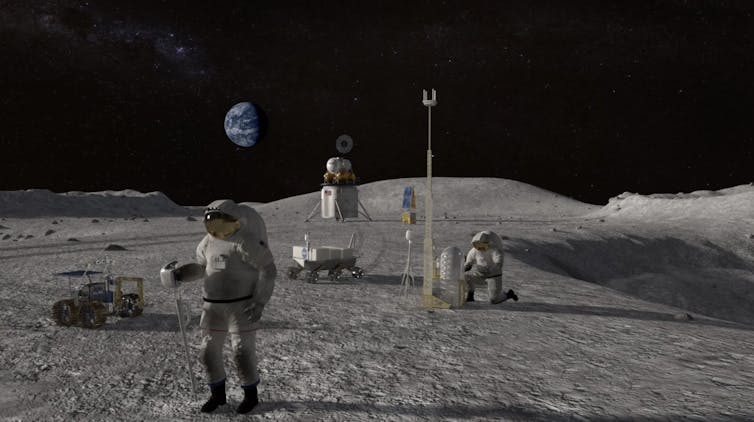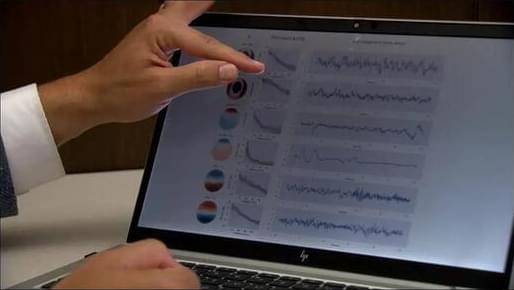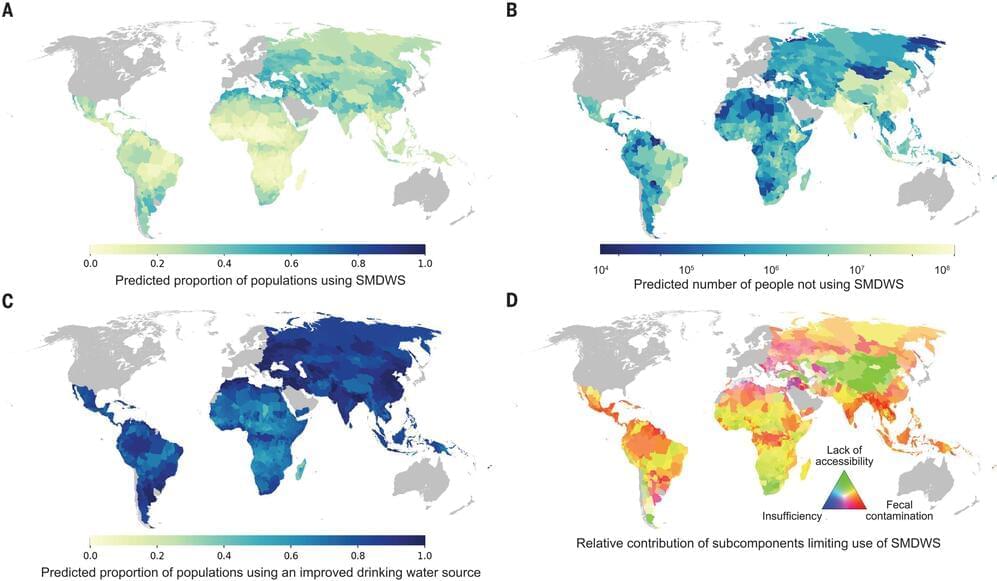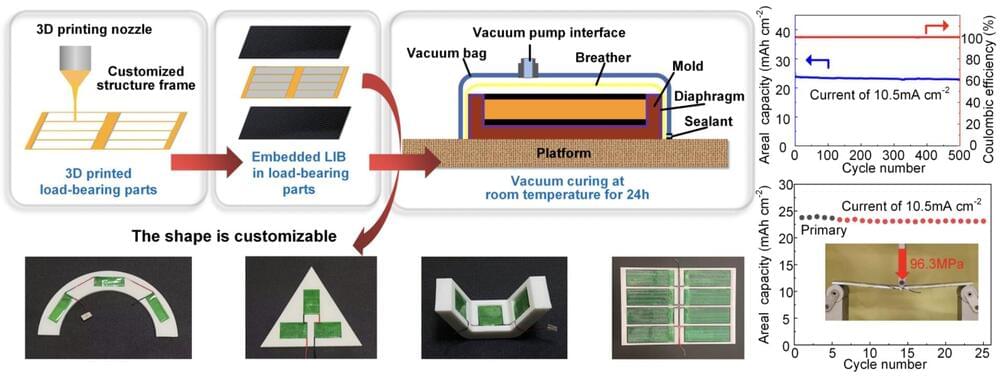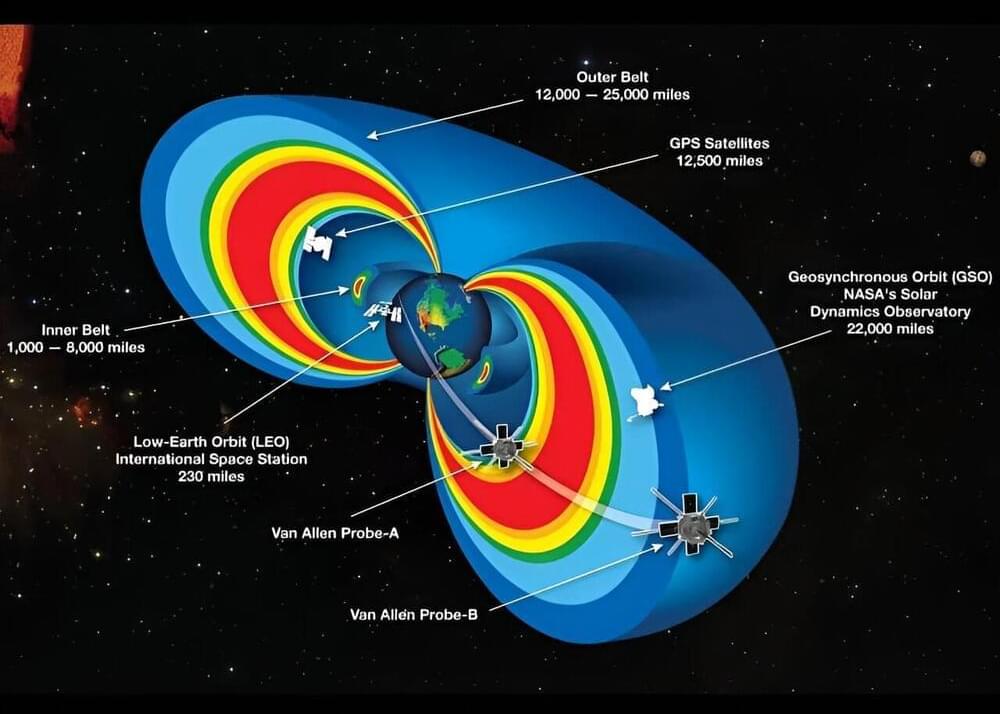Aug 19, 2024
Engineers develop Magnetic Tunnel Junction–based Device to make AI more Energy Efficient
Posted by Natalie Chan in category: robotics/AI
Engineering researchers at the University of Minnesota Twin Cities have demonstrated a state-of-the-art hardware device that could reduce energy consumption for artificial intelligent (AI) computing applications by a factor of at least 1,000.
The research is published in npj Unconventional Computing titled “Experimental demonstration of magnetic tunnel junction-based computational random-access memory.” The researchers have multiple patents on the technology used in the device.
With the growing demand for AI applications, researchers have been looking at ways to create a more energy efficient process, while keeping performance high and costs low. Commonly, machine or artificial intelligence processes transfer data between both logic (where information is processed within a system) and memory (where the data is stored), consuming a large amount of power and energy.
